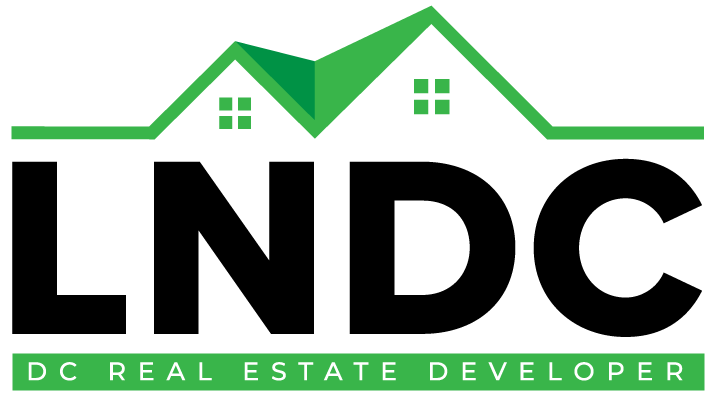Commercial Real Estate vs. Residential Investment: Which One Fits Your Portfolio?
Investing in real estate is a great way to build wealth, but choosing between commercial real estate vs. residential investment can feel overwhelming. Both have their pros, cons, and unique challenges. Whether you’re a seasoned investor or just starting, understanding the key differences will help you make an informed decision.
Let’s break it down in a simple, light-hearted way—because real estate doesn’t have to be complicated!
What’s the Difference Between Commercial and Residential Real Estate?
The main distinction between commercial and residential properties is their purpose.
- Residential real estate includes houses, apartments, condos, and townhomes. People live in them, either as owners or tenants.
- Commercial real estate includes office buildings, retail spaces, industrial properties, hotels, and even large apartment complexes (typically five units or more). These properties are used for business purposes.
Now that we’ve got the basics out of the way, let’s explore which investment type suits your financial goals
The Case for Residential Real Estate Investment
If you’re new to real estate investing, residential properties might be the best place to start. Here’s why:
1. Easier to Buy and Finance
Banks and lenders are usually more comfortable offering loans for houses and apartments than for commercial properties. Residential properties often require less upfront capital, making them more accessible to beginner investors.
2. High Demand and Stability
People always need a place to live. This makes residential real estate a stable investment, even in uncertain economic times. A well-located rental home can provide consistent cash flow through monthly rent.
3. Simpler Management
Managing a single-family home or small apartment building is generally easier than handling a large commercial property. If you don’t want to manage tenants yourself, property management companies can handle the work for you.
Thinking about expanding your investment portfolio? Check out LNDC’s upcoming properties for potential residential opportunities!
The Perks of Commercial Real Estate Investment
If you’re ready to take things up a notch, commercial real estate can offer higher returns—but with a few extra challenges.
1. Higher Income Potential
Commercial properties typically generate higher rental income than residential properties. Businesses often sign long-term leases, ensuring steady cash flow for years.
2. Less Tenant Turnover
In residential real estate, tenants usually sign leases for one or two years. In contrast, commercial tenants often commit to multi-year leases, reducing vacancy rates and income loss.
3. Professional Relationships
Renting to businesses often means dealing with professional tenants rather than individuals. This can lead to fewer emotional conflicts and more structured lease agreements.
Looking for commercial investment opportunities? Browse LNDC’s properties on the market to find the right fit for your portfolio!
Which One Should You Choose?
There’s no one-size-fits-all answer. Your decision should depend on your financial goals, risk tolerance, and investment experience. Here’s a quick way to decide:
- Go residential if: You want a lower-risk, easier-to-manage investment with steady demand.
- Go commercial if: You’re looking for higher income potential and long-term lease security but can handle more complexity.
Either way, real estate remains one of the best ways to grow your wealth over time!
Take the Next Step in Your Real Estate Journey
Whether you’re considering residential or commercial real estate, having the right team by your side makes all the difference. At LNDC, we help investors like you find the perfect properties to match your goals.
📩 Let’s talk! Contact us today at LNDC and let’s find your next great investment!











